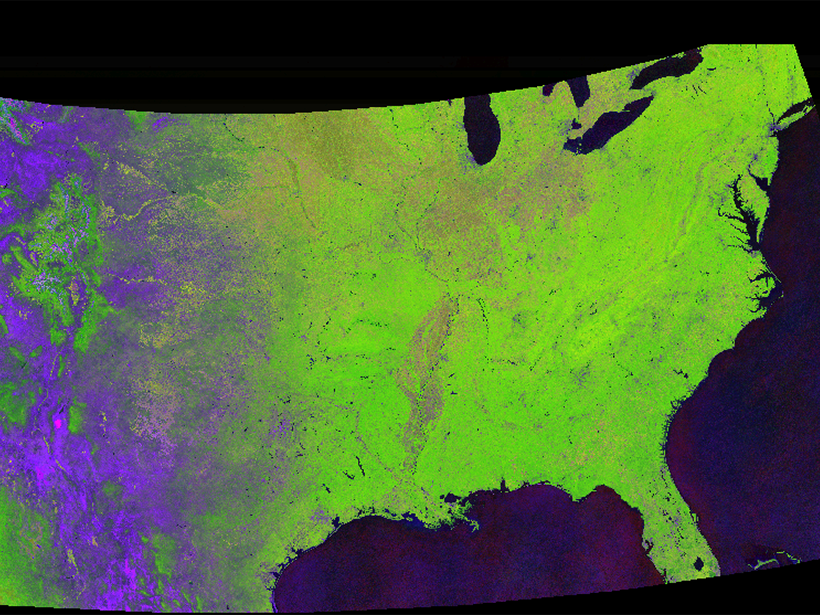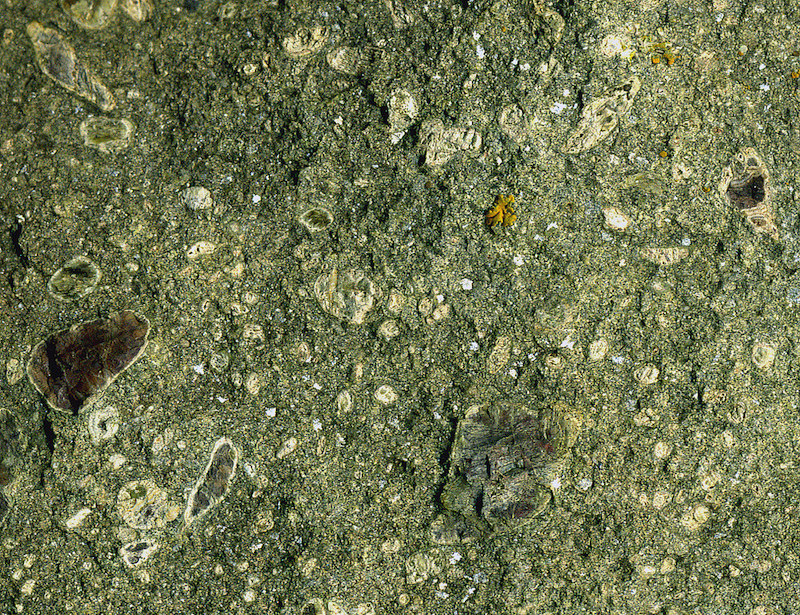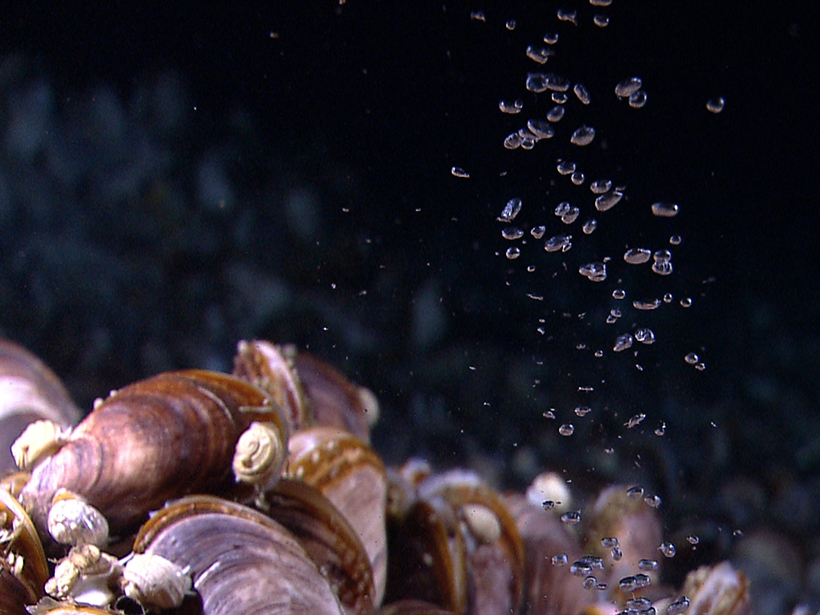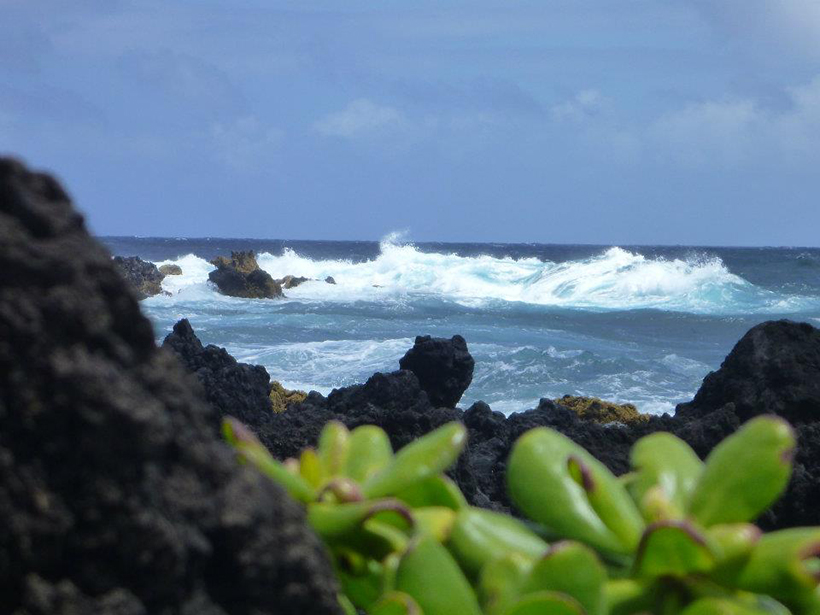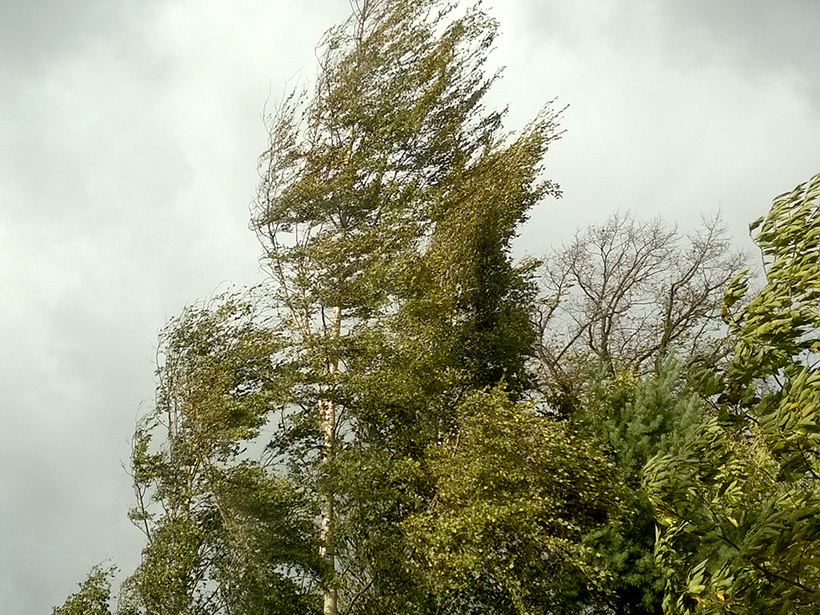In the largest compilation of anthropogenically induced earthquakes, causes range from building water reservoirs to mining.
data management
Tracking Global Change with a Cloud-Based Living Atlas
With their feet in the cloud, Descartes Labs is pushing the limit of how we study the Earth with satellite images.
Upscaling Peatland Science Through Collaborative Big Data
PeatDataHub launch meeting; Leeds, United Kingdom, 23–24 May 2016
Data Rules for Water Management, Continental Roots, and More
The importance of relevant and consistent data (as well as more samples) spans discussions of water resources and crustal roots at the IGC.
Building an Accessible Archive for Water Column Sonar Data
The Water Column Sonar Data Archive aggregates and curates sonar data sets from many sources, giving researchers access to much more information than they could collect on their own.
Closing the Pacific Rainfall Data Void
A new climatology tool uses satellite data to map precipitation in a data-sparse region of the Pacific Ocean.
Adapting Weather Forecasting Techniques to Paleoclimate Studies
First results of the Last Millennium Climate Reanalysis Project demonstrate the potential of the method to improve historical climate estimates by linking proxy data with climate models.
One for All, All for One: A Global River Research Network
Intermittent rivers are an increasing share of the world's river network, but current models don't include them. One research network is gathering knowledge about these rivers from around the world.
Humans Misread Wind Speeds, Skewing a Major Hazards Database
Weather spotters who report storm measurements and observations to a U.S. national compendium of storm data often exaggerate winds speeds—by about one third, on average.
Your Science Is Your (Openly Shared) Data
Your data are no less important than your words.


